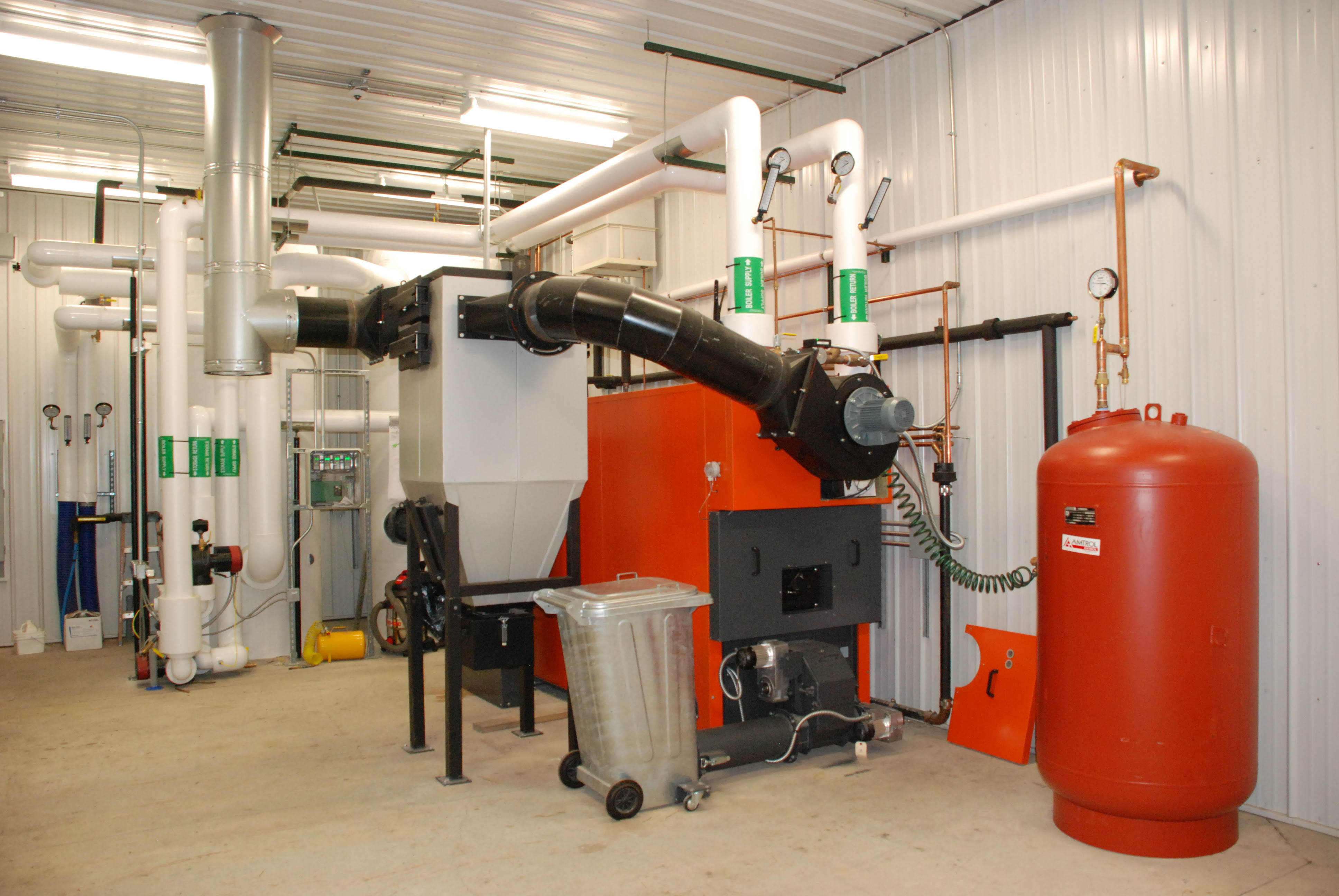You are here
Content filtered by visibility: Public
Project Updates
- Associated Project(s):Attached Files:
Biomass Boiler Open House
Associated Project(s):Weekly Update
Associated Project(s):Weekly update for Zero Waste
Associated Project(s):Meeting with F&S Contacts
Associated Project(s):Presidential Statement on Climate Change
Associated Project(s):Attached Files:Presidential Statement from Killeeen
Associated Project(s):Attached Files:News article about Solar Farm
Associated Project(s):Attached Files:Data Acquisition for Lincoln Hall
Associated Project(s):Weekly Update
Associated Project(s):Understanding spring flowers on campus
Associated Project(s):Weekly update for Zero Waste
Associated Project(s):Parkland College training program being considered
Associated Project(s):Student meets with F&S representatives
Weekly Update
Associated Project(s):Weekly Update
Associated Project(s):Weekly Update for Zero Waste
Associated Project(s):May 2017 Buyer's Share
Associated Project(s):Attached Files:OMA representatives review stand-alone cooling towers
Associated Project(s):New Member on the Project Team!
Associated Project(s):

